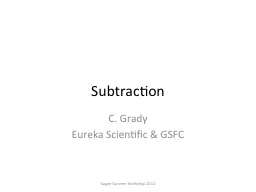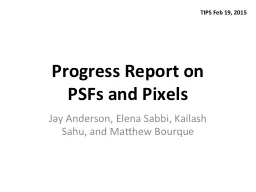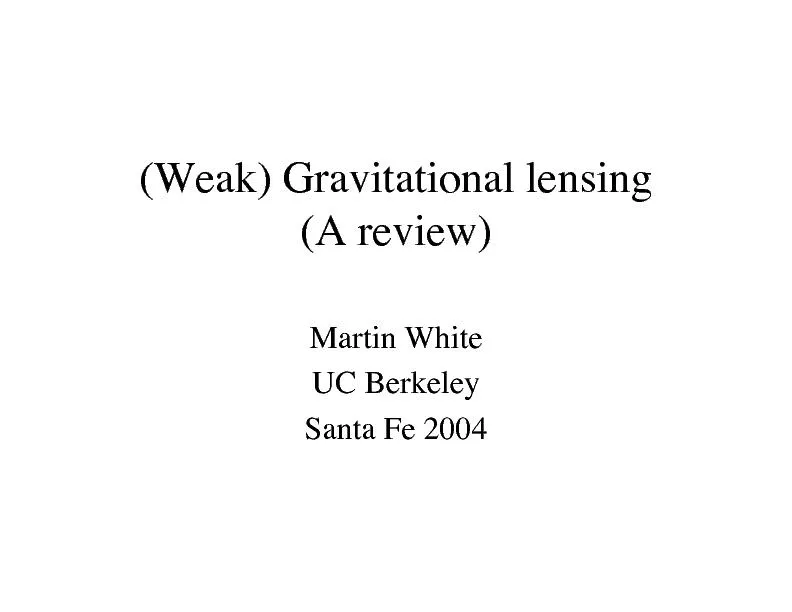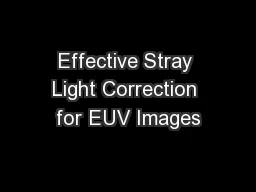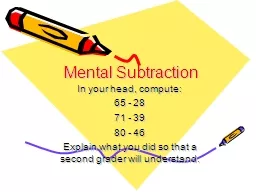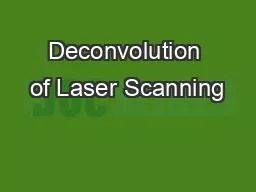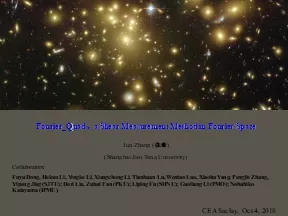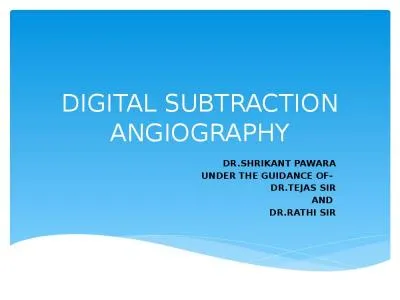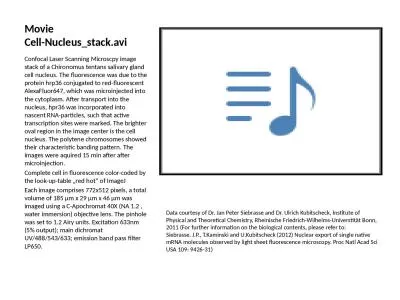PPT-Adventures in Classical PSF Subtraction
Author : marina-yarberry | Published Date : 2017-05-21
C Grady Eureka Scientific amp GSFC Sagan Summer Workshop 2014 Need for Coronagraphy Circumstellar Disks exoplanets stellar companions are often inconveniently
Presentation Embed Code
Download Presentation
Download Presentation The PPT/PDF document "Adventures in Classical PSF Subtraction" is the property of its rightful owner. Permission is granted to download and print the materials on this website for personal, non-commercial use only, and to display it on your personal computer provided you do not modify the materials and that you retain all copyright notices contained in the materials. By downloading content from our website, you accept the terms of this agreement.
Adventures in Classical PSF Subtraction: Transcript
Download Rules Of Document
"Adventures in Classical PSF Subtraction"The content belongs to its owner. You may download and print it for personal use, without modification, and keep all copyright notices. By downloading, you agree to these terms.
Related Documents

